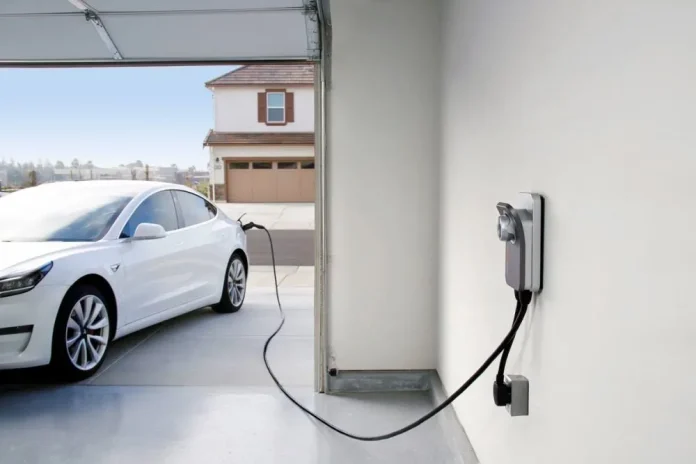For the majority of people, increasing the driving range of your car has been as easy as stopping at a gas station for a fast refill and driving away in no time.
If you are switching to an electric car, it will take some time for you to get used to the “new normal” of topping off your vehicle. Although charging is still slower than adding liquid gasoline to the tank, it is becoming faster all the time.
Although it is easy to charge an electric car, there are a few alternative methods that have varying costs and charging timeframes.
The various charging levels for electric vehicles are among the first things you will learn about when it refers to plugging one in. This can be divided into other categories, such as levels 1, 2, and 3.
You can buyaType 1-2 Adpater from Jucer that deals with all kinds of parts and accessories of Electric vehicles.
Since then, the charge problem has gradually become better. There are now more readily available, smaller, and portable vital leads thanks to the expansion of public DC charger networks with a maximum capacity of 350kW and higher power AC ones with a range of 7 to 22kW.
All you now need is two EVs for the typical EV owner who rarely travels outside their town or off the main roads.
- A lightweight, portable charger that goes with the vehicle. These are made to charge at 1.8 or 2 kW from a standard power outlet. Even though it is sluggish, it is still far preferable to finding a charging station in an emergency.
- A “BYO” (Bring Your Own) charging lead is the second item. Any commercial malls and tourist places offer a selection of public AC chargers, and frequently fit a BYO lead charger to eliminate the upkeep requirements.
The average EV driver’s options end there! A warning should be included, though: The DC and AC charger networks are still far from finished. This implies that it could be worthwhile to bring an extra portable charger and the appropriate adaptors if you want to travel “off the beaten path” until the networks are completely developed.
These will serve as a bridge between dedicated chargers or a backup for ones that break. As we frequently discovered was necessary earlier this year when travelling by EV to Perth and back.
What is the basic difference between AC and DC Electric Vehicle charging?
The distinction between AC and DC charging, or destination versus DC Fast Chargers, is discussed here. Since AC electricity is what the electrical system provides, it is simple to get. Your EV battery pack is DC, though.
Level 1 or Level 2 charging is AC charging. Your EV’s onboard inverter transforms AC power to DC electricity so that it may be stored in the battery when you connect to AC power.
Level 3 charging often uses DC. This enables faster and more effective charging because the current bypasses the AC/DC inverter and is routed directly into the battery.

